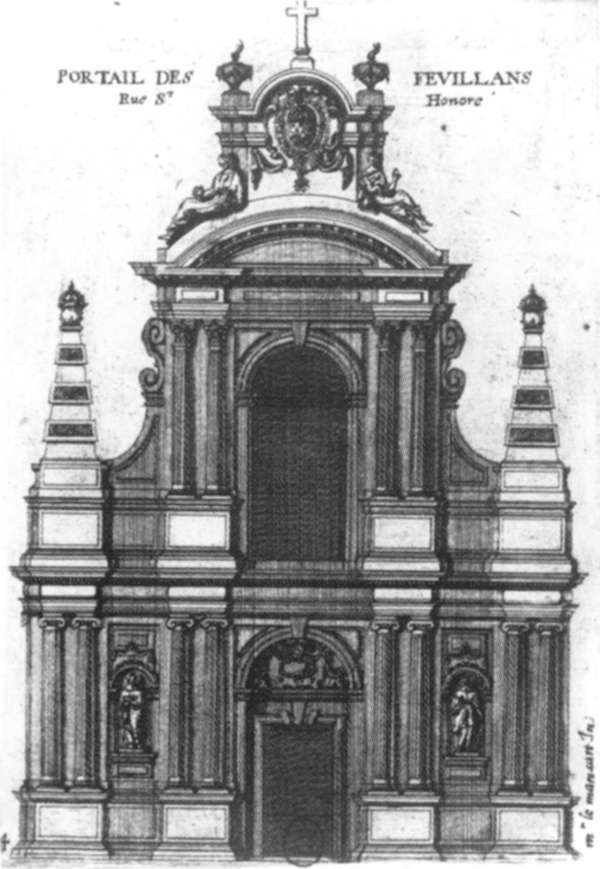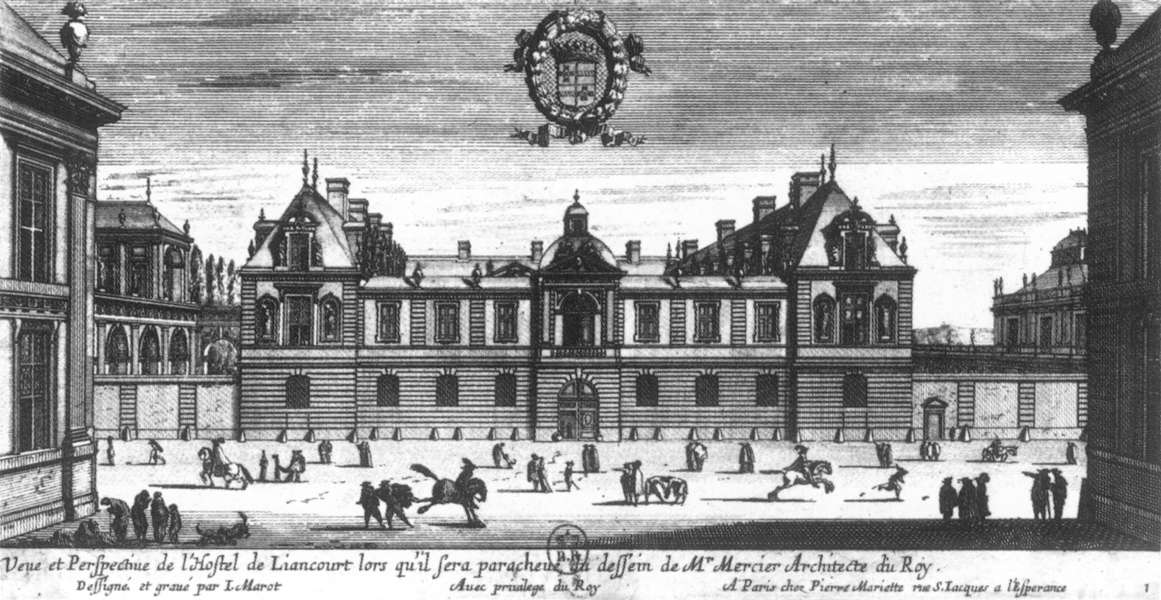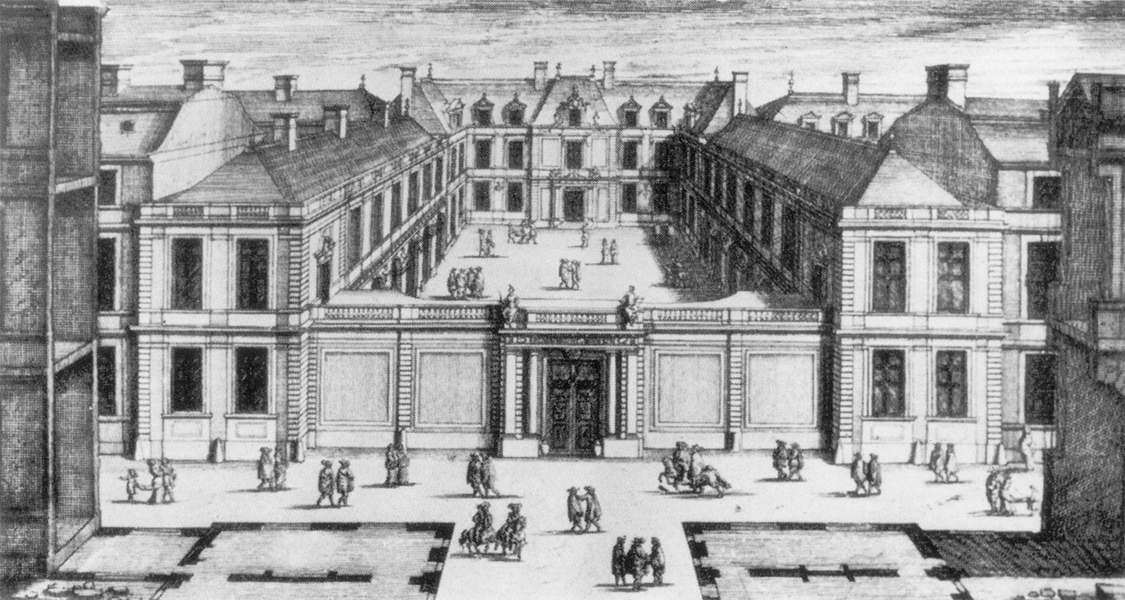Engraver and architect, part of a French family of artists of Netherlandish origin. Jean Marot I, son of Girard Marot, a cabinetmaker, worked as engraver and architect; little remains of his architectural projects, but his engravings of architectural designs, highly regarded in his lifetime, have become one of the most important sources for an understanding of French architecture before the great building campaigns of Louis XIV. One of his brothers, Jean-Baptiste Marot (b. 1632), appears to have been a painter. One of Jean Marot's own sons, Daniel Marot I, was a successful engraver in Paris, until anti-Protestant legislation obliged him to emigrate to the Netherlands, where he became principal designer to William of Orange; Jean Marot's other son, Jean Marot II, probably worked with his father as an engraver and, later, as an architect of the Bâtiments du Roi in Nantes and Paris between 1686 and 1702. Daniel Marot's son, Daniel Marot II, worked as a decorative painter on a number of his father's projects.
Jean Marot I is celebrated for his engravings of architectural views. As a young man, he worked for Israël Silvestre, supplying his publications with architectural engravings, while Silvestre himself engraved the landscapes and Jean Le Pautre was responsible for some of the figures. Marot also produced a book with 44 plates after Vitruvius, Vincenzo Scamozzi, Palladio and Philibert Delorme. The first of his major works, the Recueil des plans, profils, et élévations de plusieurs palais, chasteaux, églises, sépultures, grotes et hostels bâtis dans Paris, known as the Petit Marot, is undated, but internal evidence suggests it was produced between 1654 and 1660. The 116 plates include views of the then most important buildings in Paris, such as the Palais du Luxembourg and the Hôtel de Liancourt by Jacques Lemercier; the Hôtel Carnavalet by Pierre Lescot and François Mansart; the Hôtel de Jars by Mansart; and the Hôtel de Bretonvilliers by Louis Le Vau. Other engravings depict various châteaux, such as the château of Maisons-Lafitte by Mansart, the château of Coulommiers-en-Brie by Brosse, and the château of Richelieu by Jacques Lemercier. Also included are designs, thought to be Marot's own, for the façade of a church, the gate of a city and a tomb.
//
![]()








